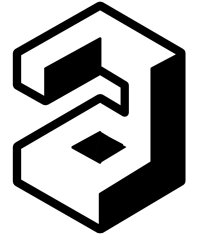Synthesis and Characterization of Molecularly Imprinted Composite as a Novel Adsorbent and Competition With Non-Imprinting Composite for Removal of Dye
Date
2021
Journal Title
Journal ISSN
Volume Title
Publisher
Open Access Color
OpenAIRE Downloads
OpenAIRE Views
Abstract
Due to its high visibility, high resistance, and toxic effects, colored substances in the textile and other dyeing industries waste-water cause great damage to biological organisms and ecology. Therefore, current research efforts to develop high selectivity, specificity, and efficient water treatment technologies are very intense, and molecularly imprinting methods (MIM) constitute a category of functional materials to meet these criteria. Polymethylmethacrylate-chitosan molecularly imprinted composite (PMMAC-MIC) and non-imprinted composite (PMMAC-NIC) were successfully prepared by MIM. Dye adsorption performance of MIC and NIC composites was investigated by comparison. The obtained adsorbents were characterized by Fourier transform infrared spectroscopy (FTIR), X-ray diffraction (XRD), field-emission scanning electron microscopy (FE-SEM), differential scanning calorimetry (DSC), thermogravimetric analysis (TGA), and zeta potential techniques. The kinetics of adsorption followed a pseudo-first-order model while the Langmuir adsorption isotherm provided the best fit. The maximum adsorption capacity of dye was found as 93.78 mg/g for PMMAC-MIC and 17.70 mg/g for PMMAC-NIC at 298 K temperature, the initial dye concentration was 100 mg/L. Thermodynamic parameters indicated that the removal of dye from PMMAC-MIC was endothermic and spontaneous. Besides, the regeneration of composite was recycled four times.
Description
Keywords
Kimya, Uygulamalı
Turkish CoHE Thesis Center URL
Fields of Science
Citation
WoS Q
N/A
Scopus Q
Q3
Source
Journal of the Turkish Chemical Society, Section A: Chemistry
Volume
8
Issue
2
Start Page
609
End Page
622
SCOPUS™ Citations
5
checked on Sep 16, 2025
Page Views
1
checked on Sep 16, 2025
Downloads
117
checked on Sep 16, 2025

Google Scholar™

OpenAlex FWCI
0.381
Sustainable Development Goals
3
GOOD HEALTH AND WELL-BEING

6
CLEAN WATER AND SANITATION

8
DECENT WORK AND ECONOMIC GROWTH

9
INDUSTRY, INNOVATION AND INFRASTRUCTURE

11
SUSTAINABLE CITIES AND COMMUNITIES

16
PEACE, JUSTICE AND STRONG INSTITUTIONS

17
PARTNERSHIPS FOR THE GOALS

